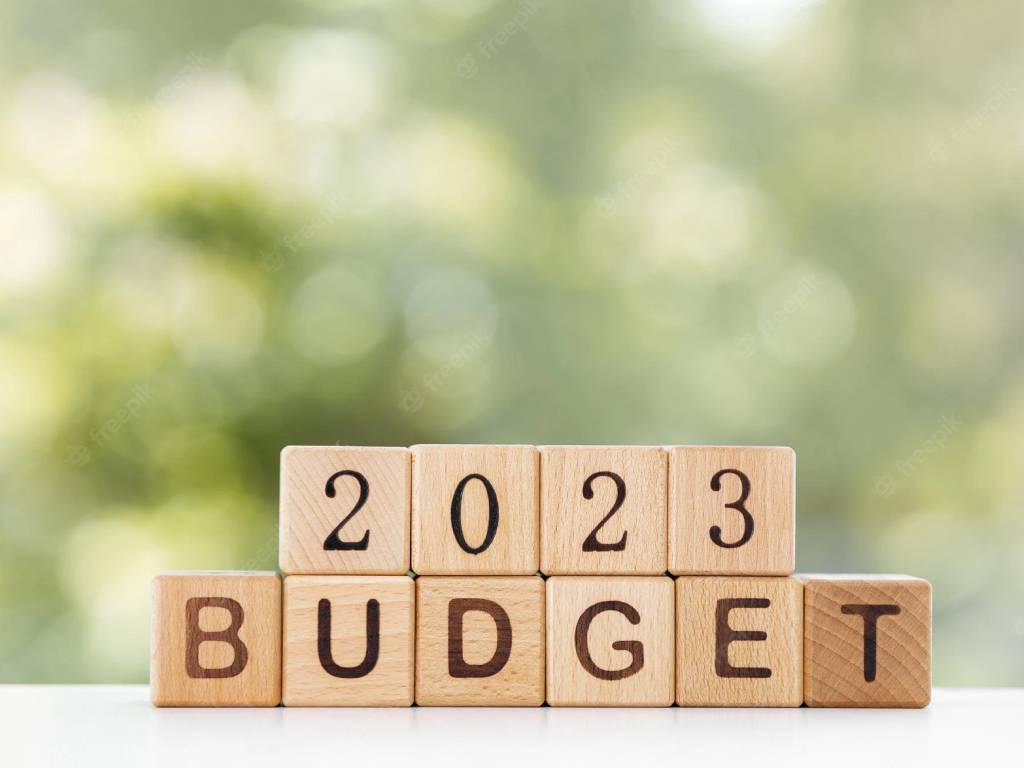
As the current year 2022 draws to a close, speculations about the new budget for the fiscal year 2023 are rampant. The agriculture sector has high hopes for the FY2023 budget, while there are still some months for the Indian government to present the new budget in parliament.
What further increases the expectations of the agri-industry are the forthcoming assembly polls in two significant states of the country - Madhya Pradesh and Rajasthan.
Key players in the farming sector have anticipated that the government will prioritize programmes to raise agricultural realizations, livestock farming, food processing, and budgetary allocation to the MGNREGA scheme.
Prices for both, raw materials and finished fertilizer have significantly increased over the past quarter.
Moreover, the pooled gas prices in the urea segment have witnessed a sharp hike, which has increased the industry's need for subsidies, and consequently the segment's overall subsidy requirements.
In light of this, it is anticipated that the overall subsidy requirements for the fertilizer sector will rise to approximately Rs 2.5 lakh crore in the FY2023 budget.
Since the amount allocated up to this point, which roughly adds up to Rs 2.14 lakh crore, is expected to remain insufficient, the government is likely to make additional allocations to support the industry.
Additionally, the government of India has altered the urea sector's gas procurement policy to let businesses buy around 20 per cent of the gas from the local spot market, which is expected to reduce the price of pooled gas and, consequently, the need for subsidies.
The geopolitical challenges, gas availability, and the unpredictable flow of subsidies, all caused significant volatility throughout this fiscal year. Along with the reduction of import duties on LNG for the urea industry, as the latter's consumption is on the rise, lowering import duties on raw materials like phosphoric acid and ammonia has been a long-pending industry demand to increase the competitiveness of domestic phosphatic fertilizer manufacturers.
Experts believe that the GOI would create a roadmap to increase the country's balanced usage of fertilizers and decrease reliance on specific fertilizers. The growing use of nano fertilizers is also anticipated to receive attention in the budget, which will contribute to cost savings and a more environmentally friendly subsidies budget.
Budgetary allocations for the construction of irrigation facilities, a crop insurance programme, and increased agri-credit are also anticipated to continue. The agri-input sector, which includes agrochemicals, fertilizers, etc., is also anticipated to benefit from the upcoming budget.










